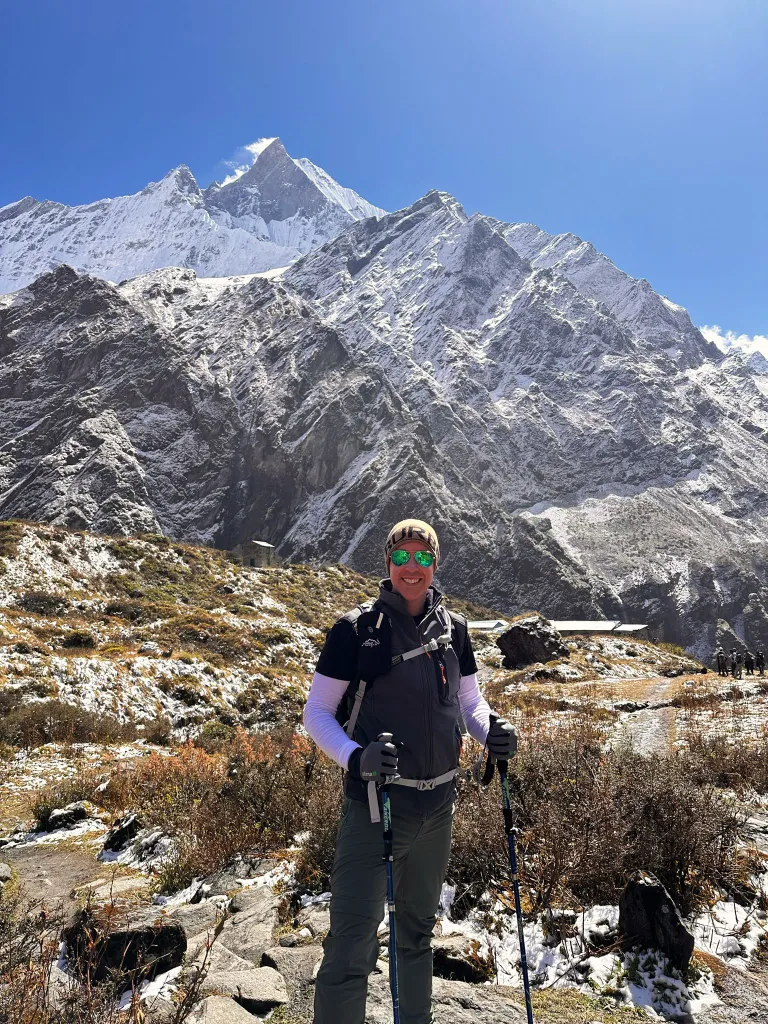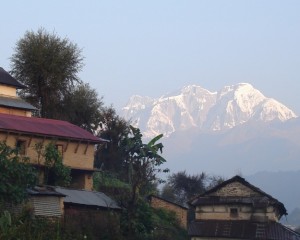Hotels Vs Homestays: Where to Stay While Trekking in Nepal?
Nepal is a fantastic trekking place, with its stunning mountains and rich culture. Picking where to stay is crucial—hotel vs homestays. It can make or break your adventure!
The heart of our journey lies in the choice of two unique experiences.
Hotels, with their plush amenities and professional services, provide a comfortable retreat to have sanctuary after a day of trekking.
On the other hand, homestays offer a more authentic cultural experience and allow you to connect with local communities and witness daily life up close.
It's not just about a bed; it's about creating lasting memories. Let the adventure start!
Hotels in Nepal: Embrace Comfort
When it comes to hotels in Nepal, comfort reigns supreme. These accommodations offer plush amenities and ensure trekkers can solace in cozy beds and well-appointed rooms.
The professional services provide an extra layer of convenience that makes your stay as smooth as the panoramic views outside your window.

Advantages of hotels in Nepal
- Comfort and Amenities: Hotels in Nepal offer a cozy retreat with plush amenities, ensuring a comfortable haven for tired trekkers.
- Professional Services: Enjoy the convenience of professional services, making your stay seamless and stress-free.
- Availability in Popular Trekking Areas: Strategically located, hotels provide easy access to popular trekking areas, serving as a convenient base for mountain adventures.
Disadvantages of hotels in Nepal
- Higher Cost: The comfort of hotels often comes with a higher price tag, impacting the budgets of cost-conscious travelers.
- Limited Cultural Immersion: While providing luxury, hotels may limit the depth of cultural immersion, missing out on the authentic local experience.
- Potential Crowdedness: In popular areas, the bustling atmosphere of hotels can lead to crowded spaces, detracting from the desired tranquility in nature.
Thus, choosing a hotel in Nepal balances creature comforts and the desire for an authentic cultural experience amidst the mountains.
Homestays In Nepal: Local Hospitality
The way to enter the heart of a local community, where the authentic essence of Nepali culture comes alive, is through homestays.
Homestays provide travelers with more than just a place to sleep; they offer a genuine connection to the traditions and lifestyle of the region.

Advantages of Homestays in Nepal
- Authentic Cultural Experience: Homestays offer an immersive journey into the heart of Nepali culture, allowing travelers to participate in local traditions and daily life.
- Cost-Effective: Compared to hotels, homestays are often more budget-friendly, enabling travelers to maximize their experience without breaking the bank.
- Support for Local Communities: Choosing a homestay contributes directly to the well-being of local communities, fostering sustainable tourism and empowering residents economically.
Disadvantages of Homestays in Nepal
- Basic Amenities: Homestays may have fewer amenities than hotels, providing a more straightforward and down-to-earth experience that may not suit those seeking luxurious comforts.
- Language Barriers: Communicating with host families might pose a challenge due to language differences, but the warmth of hospitality usually transcends verbal communication.
- Limited Privacy: Homestays typically offer a more communal living environment, and guests may have less privacy than staying in a hotel. However, the shared experience often fosters a sense of community.
If you're ready to trade a bit of luxury for an immersion in the heart of Nepal's culture, homestays might be the perfect choice for your trekking adventure.
Considerations for Trekking Accommodation
Ahh! The confusion is hitting you when choosing the accommodation for your trekking adventure in Nepal. Let's clarify this with several vital considerations that can significantly enhance your experience.
The first thing is about the location. In popular trekking spots, like well-known regions, you'll find various places to stay, from hotels to homestays.
If you go to more remote areas, the options might be fewer, but the experience is often more authentic. It would help if you considered how long you'll be trekking. For short treks, hotels can provide a quick and comfy break.
On longer journeys deep into the Himalayas, a mix of accommodations that blend hotel comfort with homestay cultural immersion might be ideal.
Your personal preferences matter, too. If you prefer modern comforts, hotels could be your best bet. If you want a more meaningful connection with local culture, homestays offer that unique experience.
Find the right balance between comfort, cultural immersion, and your budget.
Whether you choose a luxury hotel or a budget-friendly homestay, Nepal has various options to ensure your accommodation aligns with your preferences and adds to the magic of your Himalayan adventure.
To wrap up, choosing hotels and homestays in Nepal shapes your adventure's essence. Choose wisely, join Nepal Vision Trek, and let the mountains craft an unforgettable tale of your trekking escapade in Nepal.
FAQS
- Are there cultural norms to follow in a Nepali homestay?
Yes, being respectful and learning essential local customs is advised.
- What activities can I expect in a cultural immersion homestay?
Cooking lessons, traditional dances, and local festivities are common.
- How do hotel and homestay amenities differ in remote trekking areas?
Hotels may offer more amenities; homestays focus on a genuine local experience.
- Can I negotiate prices for homestays in Nepal?
Prices are often fixed, but polite negotiation may be acceptable.
- How are language barriers addressed in homestays?
Non-verbal communication and translation apps can help bridge gaps.
- What sustainability initiatives exist in Nepali accommodations?
Some places emphasize eco-friendly practices and community support.
- Can I arrange specific dietary preferences in hotels and homestays?
Most places accommodate dietary needs with prior notice.
- What safety considerations apply to trekking accommodations?
Check for emergency services, hygiene, and location safety.
- How do I book homestays, and are there reliable online platforms?
Online platforms like Airbnb and local trekking agencies are popular.
- Do you have any tips for respectful traveler behavior in homestays and local communities?
Be open, ask questions, and follow local customs to show respect.






